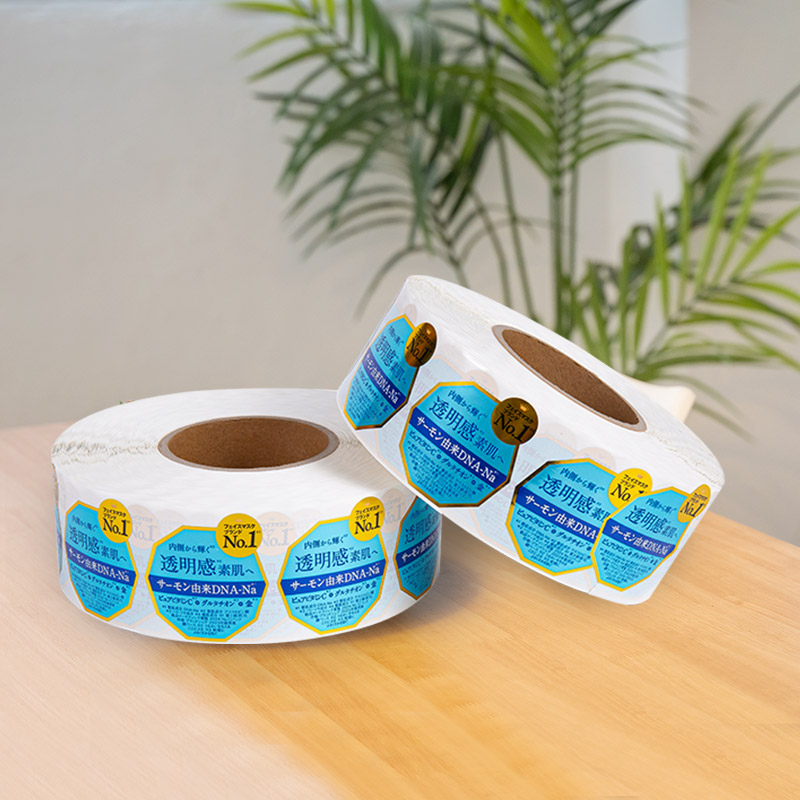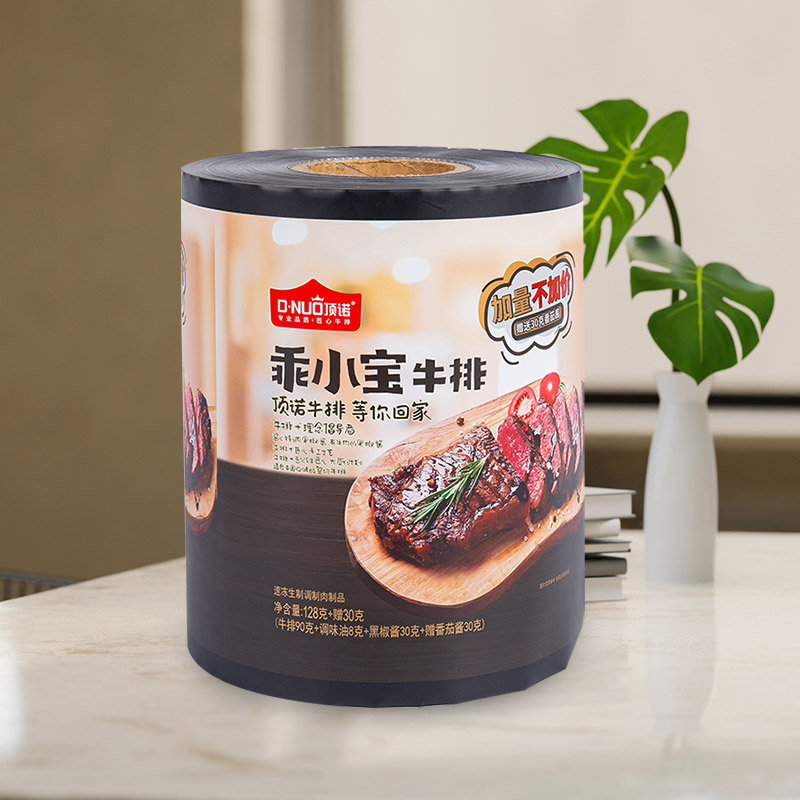New materials refer to newly developed or under development structural materials with excellent performance and functional materials with properties. Structural materials mainly utilize their mechanical properties such as strength, toughness, hardness and elasticity. Such as new ceramic materials, amorphous alloys (metallic glass), etc. Functional materials mainly utilize their electrical, optical, acoustic, magnetic, thermal and other functions and physical effects. In recent years, the new materials studied and developed worldwide mainly include new metallic materials, fine ceramics and optical fibers, etc.
With the development of science and technology, people have developed new materials based on traditional materials and in accordance with the research achievements of modern science and technology. New materials are classified into four major categories based on their components: metallic materials, inorganic non-metallic materials (such as ceramics, gallium arsenide semiconductors, etc.), organic polymer materials, and composite materials. Materials are classified into structural materials and functional materials according to their properties. Structural materials mainly utilize the mechanical and physical properties of materials to meet performance requirements such as strength, high rigidity, high hardness, high temperature resistance, corrosion resistance, and radiation resistance. Functional materials mainly utilize the electrical, magnetic, acoustic, photothermal and other effects of materials to achieve certain functions, such as semiconductor materials, magnetic materials, photosensitive materials, thermosensitive materials, stealth materials and manufacturing materials, nuclear materials for hydrogen bombs, etc. New materials play a significant role in construction. For instance, the successful development of ultra-pure silicon and gallium arsenide led to the birth of large-scale integrated circuits, increasing the computing speed of computers from several hundred thousand times per second to over ten billion times per second. For every 100℃ increase in the working temperature of aeroengine materials, the thrust can increase by 24%. Stealth materials can absorb electromagnetic waves or reduce the infrared radiation of weapons and equipment, making it difficult for enemy detection systems to detect them, etc.
One of the main directions of technological development in the 21st century is the research and application of new materials. The research on new materials represents a deeper advance in humanity's understanding and application of the properties of substances.

 EN
EN
 English
English 日本語
日本語 Español
Español Deutsch
Deutsch عربى
عربى












